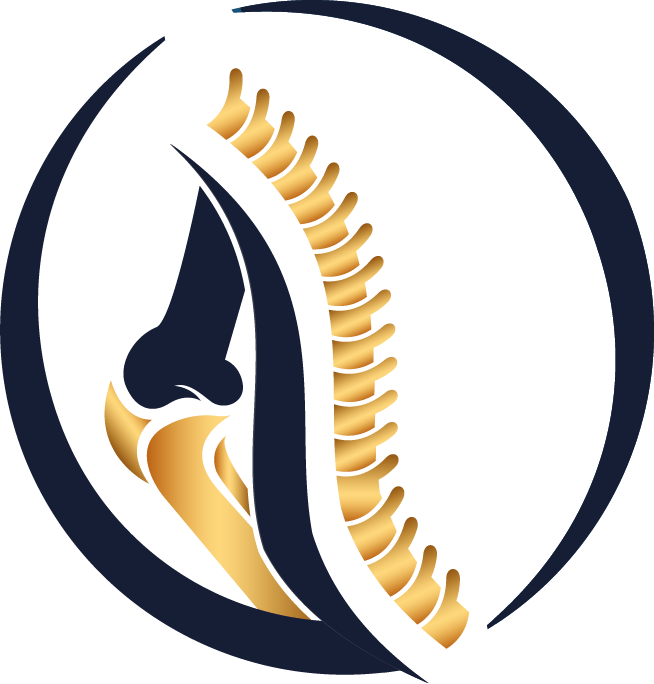What is Spondylolisthesis?
The bones that make up our spine are arranged on top of each other in a regular manner in healthy people. All the edges of these bones are in line with the bone before and after them. This regular arrangement between the bones in the spine is a structure that increases flexibility and endurance. When spondylolisthesis is called in the lumbar region, spinal or lumbar slippage or slipped disc in the waist is understood among the people. When this problem is in question, one of the spinal bones moves forward compared to the other, compressing the spinal cord and the nerve roots coming out of it, as a result of which the symptoms of lumbar slippage occur.
There are multiple causes that lead to spondylolisthesis. These include age-advancing degeneration, congenital anomalies, trauma, infection, surgical intervention or tumor. Lumbar slippage is mostly seen between the bones of the spine in the lumbar region, which we call L4-L5, and the bones in the region of L5 and the sacrum.
What are the Symptoms of Spondylolisthesis?
The symptoms of lumbar shift vary according to the severity of the disease. The most common symptoms are severe pain in the lower back and hip region. Other common symptoms include the need to stop and listen at short intervals while walking, long periods of standing or sitting, and numbness in the legs. Considering these symptoms, which negatively affect the daily life of the patients, the necessary examinations for the diagnosis are planned.
How is Spondylolisthesis Diagnosis Made?
For the diagnosis of Spondylolisthesis in the spine, the patient's complaints are first listened to. Various imaging studies can be used in line with the symptoms. With imaging methods such as MRI, computed tomography (CT) and X-ray, the spine is taken from different angles. At the diagnosis stage, it is also determined whether the spondylolisthesis is mobile or not. If it is not mobile and does not cause serious problems to the patient, surgery may not be necessary.
What are the Types of Spondylolisthesis?
- Congenital (Dysplastic) type
- Degenerative type: It is the most common type. It occurs with the progression of age, with the sliding of the existing tissues in and around the spine on each other.
- Isthmic type
- Traumatic: In cases of acute traumatic spondylolisthesis due to accidents, pain increases while standing and with movement.
- Pathological
- Iatrogenic
What are the Treatment Methods for Spondylolisthesis?
According to the degree of low back slippage of the patient who applied to the doctor with the complaint of low back pain and was diagnosed with low back pain, treatment is started with rest, painkillers, brace use, physiotherapy and other palliative methods. With these treatment methods, the complaints of the patients can be resolved, as well as in the patients whose complaints do not go away with these treatment methods.
If no results can be obtained from non-surgical treatments, surgery is recommended to the patient. Surgery is often required for the treatment of low back slippage in patients with severe back slippage, that is, patients who come to the doctor with complaints of leg pain rather than low back pain and neurologically determined loss of muscle strength or nerve function loss.
Related Articles on Spine Conditions
- Understanding Adolescent Idiopathic Scoliosis
- What to Do When Adolescent Scoliosis Is Detected? A Roadmap for Families and Patients
- Do Scoliosis Exercises Really Correct the Curvature?
- How Does Life Continue After Scoliosis Surgery?
- Spondylolysis in Young Patients: Symptoms, Diagnosis & Modern Treatment Options
- 7 Simple Daily Habits to Prevent Herniated Disc
- Vertebral Compression Fractures in the Elderly: When Is Surgery Necessary?
 Türkçe
Türkçe
 Arabic
Arabic



